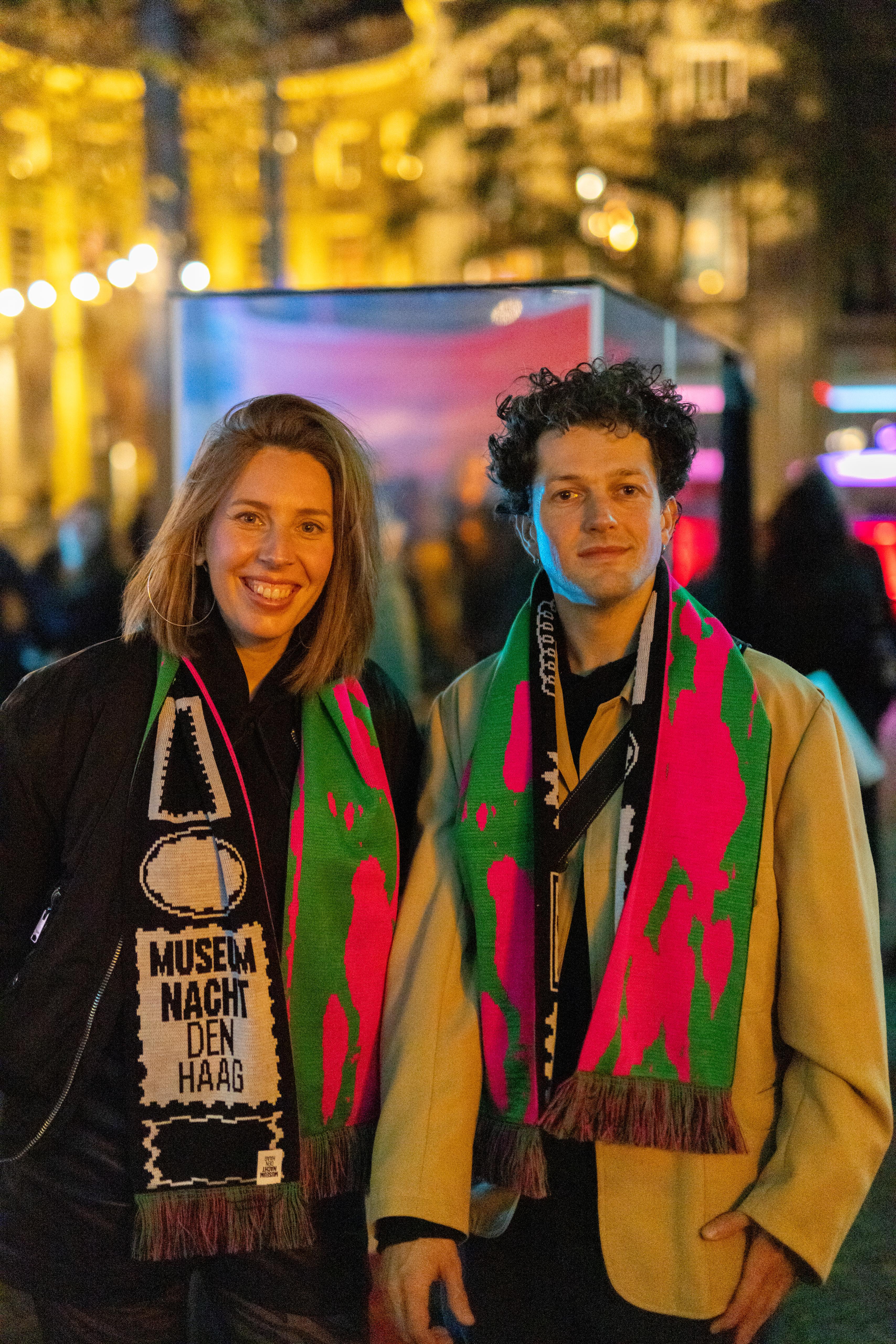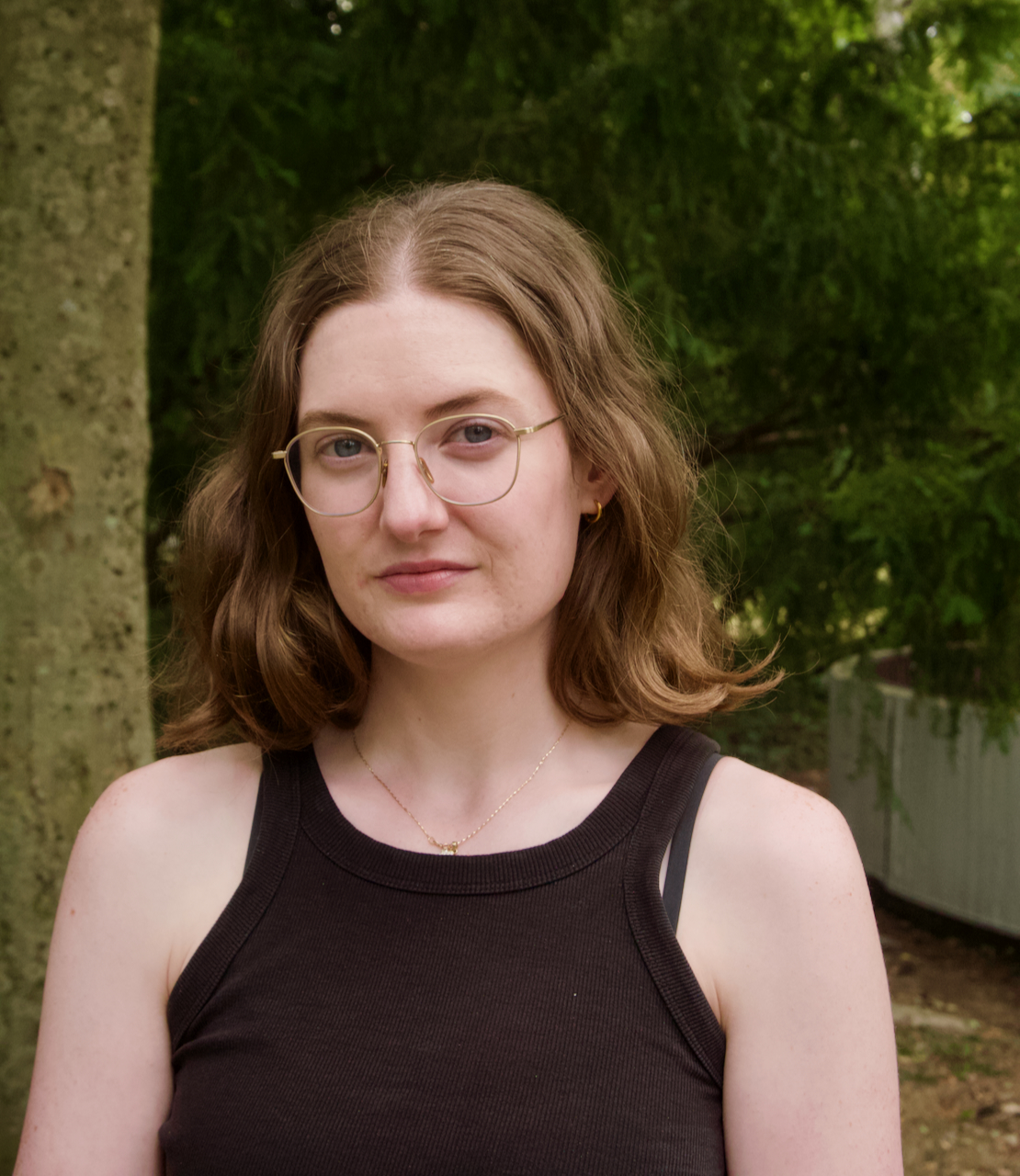There are no gods, no nations, no money and no human rights, except in our collective imagination.
Anne Bothmer has graduated from WdKA in 2018, (Photography). This article is a combination of a synopsis of her graduation research and reflection on showing her controversial project outside the academy walls for the first time.
Anne's graduation project consisted of elaborate research of how the Western world collectively reacts to the terrorists' attacks, as well as questioning the validity of the reaction, and a provocative installation to illustrate her thesis. This installation had been exhibited for the first time during the Graduation Show at WdKA past summer. Set in the context of the show filled with other critical projects this installation was not perceived by the public as offensive, but as provocative and food for thought and reflection. Later, during the exhibition outside the walls of the academy (Gogbot Festival), this project seemed to offend many. Although the discourse was not always easy for the maker, she could relate while staying true to her original concept.
Artist's Statement
As a visual and conceptual artist, I use imagery as a tool to discover the collective memories we share. I deal with the representation of leading events and our cultural heritage by using a contrasting perspective: through the eyes of children, with a sense of confusion or with a comical tone of voice. My aim as an artist is to create awareness of how the frames are being made and how these representations may lead to a repetition of seeing, thinking and behaving within our present society.
Why did I call my project ‘Fantoompijn’ (Phantom Pain)?
“Pray for Paris”, “Je Suis Charlie” or “They will never beat us!” are sayings that overwhelmed your telephone, computer and television screens several times as a result of terrorist attacks in Europe. Whenever a terrorist attack takes place in the West, most of us are not present at the so-called ‘crime scene’. We attend these places through the screens. We are ‘here’, but ‘there’ as well when we go along with the stream of cinematic and photographic imagery. In what way are we part of the event, if we are scrolling the (social) media and observing it from miles away?
Lorries driving into crowds, bombings and shootings in the Western side of the world have caused a massive stream of irrational reactions with emotion leading within social and traditional media. It is namely not about the objective facts of the event - the meaning that is given to the event is what matters to the public. Symbolism arises wherein we, as it turns out, can find each other. The number of online support increases within a short time worldwide. A collective mind is formed, brotherhood is stimulated to grow further. “They will never beat us!” or “an attack on our freedom”, are sayings that overwhelm people in those times of terror.
But how connected are we really? Can imaginary (or abstract) terms such as freedom be attacked? And what are the consequences for our individual ability to think critically? I wonder if our ideas about this phenomenon are still autonomous, in times wherein even ‘factual’ sources carry us along with a delusion of a western collective mind. Or as professor Jaap van Ginneken had stated: “The matters such as social victimisation and political responsibility are unintentionally and constantly constructed in a very particular manner.”
Well, can you claim to be a victim if you were not physically present at the attacks?
Through a combination of visual language, psychological and media theories, I had conducted a research on the Western collective reaction, from which my (graduation) work has become a conclusion.
In my work, I question this collective victimisation. I want to confront the spectator with his or her consumer attitude towards terrorism in Europe and show in what way this may be contributing to the effect of terrorism eventually. Like Edwin Bakker, professor of terrorism, once said: “The biggest threat in Europe from jihadist terrorism, however, is not of physical but of social nature.” With a provocative approach, ‘Fantoompijn’ becomes a conversation starter and a critical mirror for our society wherein the spectator can review his or her position.
I have created a face-in-hole photo board using a picture with a well-known scene: it depicted the beheading of a Western-looking man by jihadists. By drawing a parallel with the photo boards that we install in the amusement parks, with tales' heroes and festive figures, I have provoked the rise of abrasion and confusion, which is, in my opinion, the task of the artist.
Context is key
During my four years at the Willem de Kooning Academy, I have been told that the message of an image, artwork or campaign largely perceived within the context of the place, environment or setting it is placed into. Two weeks ago at the GOGBOT Festival (Enschede), where I was invited to show my (graduation) project during the Youngblood Talent Award exhibition, I had experienced the power and the importance of context. Although, my work was part of a large exhibition with a dominantly progressive attitude (“Gogbot shocks, is seeking for edges and just going over it. Gogbot challenges, to an opinion, an idea or another view of the world”) people were shocked and furious about my work being exhibited in their city. Within a short amount of time, the image of my project had been shared on many media platforms in the Netherlands and even covered by some foreign broadcasters. Thereafter media-consumers participated in an emerging public debate on social media that caused a more extensive discussion: I had made the phenomenon physical and the public had shared it on the world wide web again, making it viral. History seemed to repeat itself. Some characteristics of the social construct I had been fascinated about during my graduation (i.a. media hypes, public opinion, emotional news, collective victimisation) had occurred again. My research about media consumption and producing media-attention had been embodied and yet again had reinforced the statement I intended to make. Well, can you call yourself a victim if you were not physically present at the attacks?
Despite these interesting conclusions, I must admit that not all reactions were positive (although for me there is no such thing as a bad or good reaction). I can understand and sympathise with some of the comments about refugees who have been traumatised or relatives of actual victims of this type of IS propaganda. It wasn’t my intention to offend anybody, the real victims in particular. I created this work as a Western artist addressing the Western public. The fact that people with the biggest distance to these horrific events react as the most offended, underlines that my work has the effect as I had intended. But again: for me, there is no such thing as a bad or good reaction. Even the fact that someone doesn’t understand this work proves a point and contributes to a certain discourse. After all, I am and will be standing by my work in the name of ‘artistic freedom’, because art is supposed to inspire discussion.
My ambition for the upcoming two years is to search deeper into media-topics during the Master Media and Journalism at the Erasmus University, where this experience is likely to be examined!
Visit Anne's website to see her other projects.
Media about Fantoompijn at Gogbot (all in Dutch):
- The Right-wing Parties Demand Removing a Provoking Artwork.
- On the Photo with Jihadi John.
- The Mayor of Enschede will not Remove the Image of IS-fighter from Gogbot.
- The Young Artist is Shocked by the Public Response but the Artwork Stays.
- Gogbot: this Controversial Artwork Was Chosen Intentionally.




